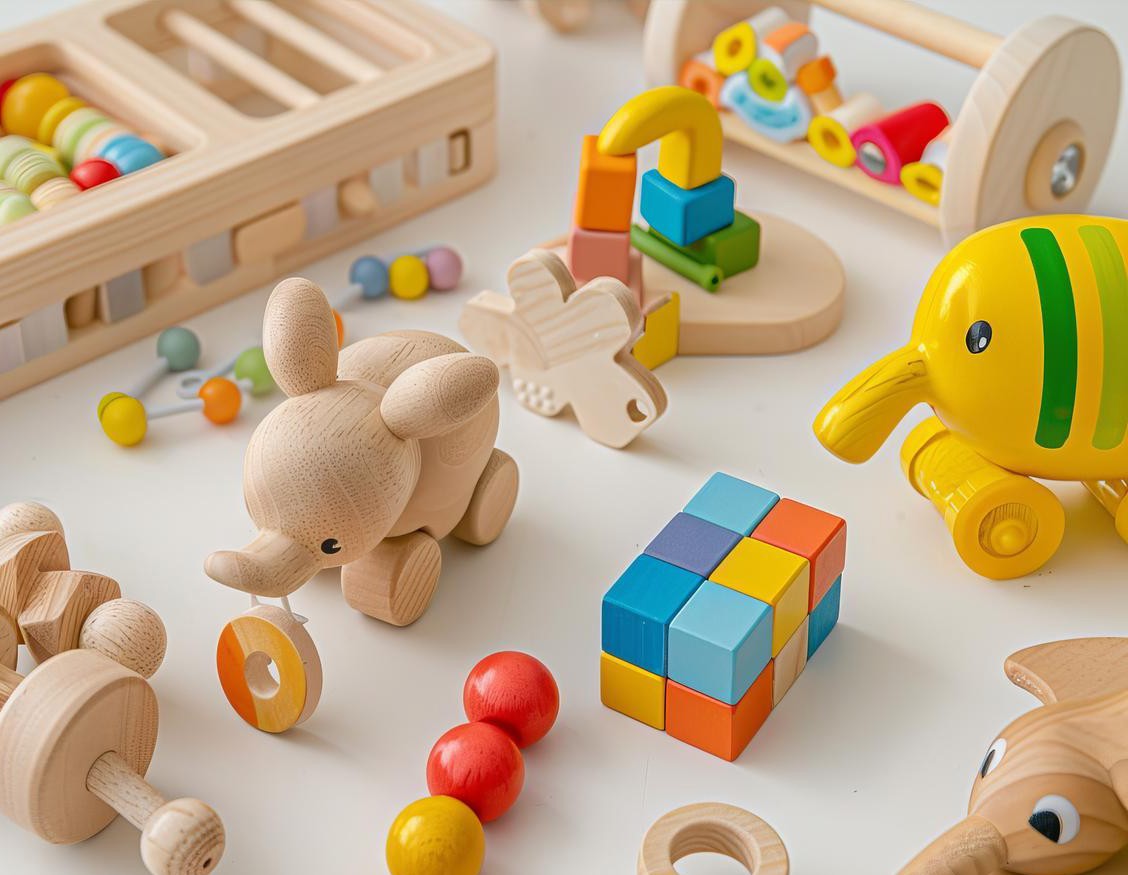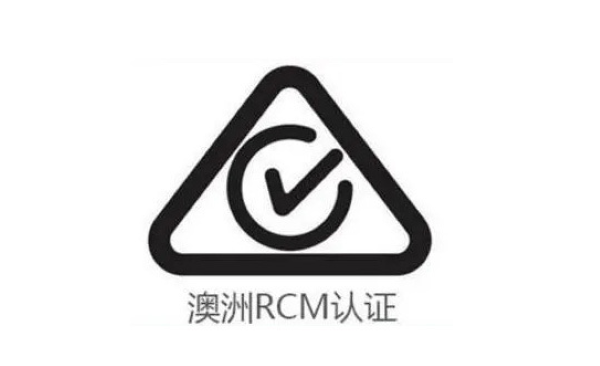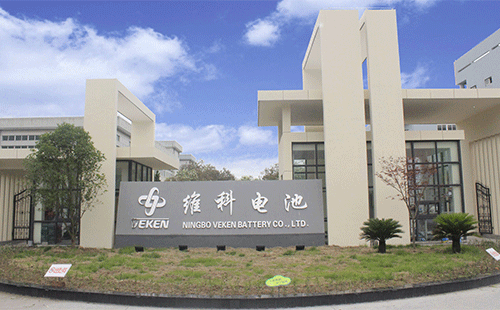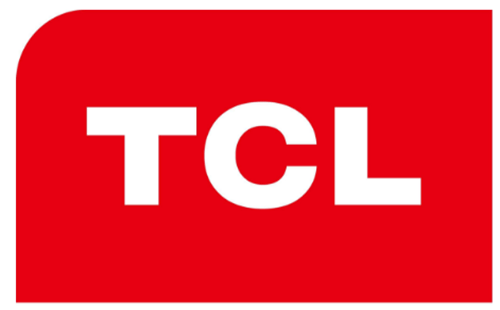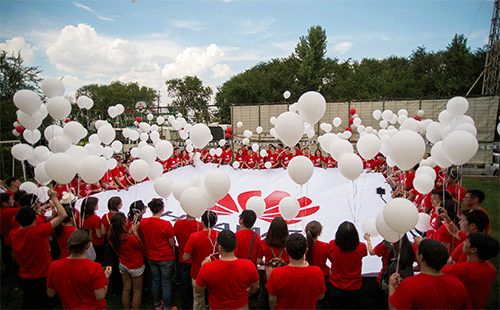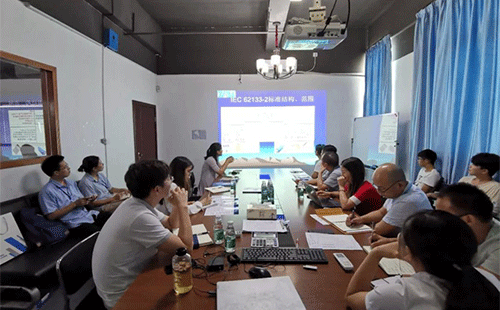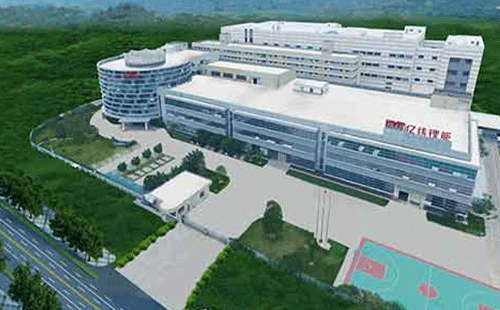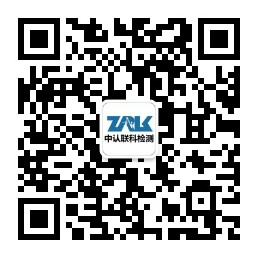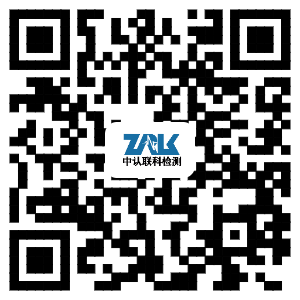KC certification implementation standard of display power supply: KC60950

Technical information required to apply for kc mark certification
1. Safety certification application (application form)
2. Product deions (or user's manuals): korean version
3. List of critical components
4. Insulation material catalog (designated products)
5. Product circuit diagram (circuit diagram)
6. Agency authorization letter (when applying through agency) (letter of authorization)
7, marking label (marking label)
8. Factory survey form (questionaire)
9. Detailed specification of transformer (specification of transformer)
10. Prepare samples (the number of samples depends on the type of product) (products)
Factory inspection information:
1. The first factory inspection
After keti accepts the product certification application, it needs to conduct the first factory inspection of the factory and conduct a preliminary assessment of the factory's quality control system. According to Korean safety certification related laws and related regulations of keti, the factory should have the following documented procedures or regulations, and the content should be compatible with factory quality management and product quality control:
(1) Product change control procedures (e.g., after a certified product change declaration is approved by the certification body, the corresponding technical documents shall be formulated in strict accordance with the approved change content and issued to the relevant departments to correctly implement the certified product change. Not approved For approved changes, certification marks cannot be applied to the changed products.);
(2) Document and data control procedures;
(3) Quality record control procedures (the retention period of the purchase, routine and operation inspection records is at least 3 years);
(4) Routine inspection and confirmation inspection procedures;
(5) Nonconforming product control procedures;
(6) Inspection or verification procedures for key components and materials;
(7) Internal quality audit procedures;
(8) Process work instructions, inspection standards, instrument and equipment operating procedures, management systems and other procedures. The factory should keep quality records including at least the above to verify that the factory has indeed carried out all production inspections and production tests. The quality records should be true and effective ;
(9) Product routine inspection and confirmation inspection records; purchase inspection/verification records of key components and materials and qualification certificates provided by suppliers:
Inspection and testing equipment regularly calibration or verification records; routine inspection and confirmation (operation) inspection records; daily inspection records of safety equipment on the production line (workshop);
-Disposal records of non-conforming products (purchasing, routine and operation);
-Internal audit records;
-Records of corrective actions taken to customer complaints;
-Non-conformity correction records of operational inspection;
2. Annual factory inspection
After the certificate is issued, the certification body will conduct an annual follow-up review of the factory every year. The purpose is to review the consistency of the factory's quality control system and whether it can continue to meet safety standards. The annual factory inspection is divided into two parts:
(1) The requirements and content of the inspection of quality documents, quality records, and related content of the production site are basically the same as those of the first review.
(2) It is necessary to confirm the consistency of all products authorized by the kc mark in the factory. Confirm the key components, materials, circuits, structures, etc. of the certified product according to the attached page of the product authorization certificate (list of key components) to see if they are consistent.
3. Sampling inspection
There are 216 types of products included in the scope of compulsory certification of the kc mark. The Korean Safety Law stipulates that all types of products are sampled every year, so each product is sampled once a year.
The sampling method is: the factory inspector conducts the annual inspection. When there is production or inventory on site, the inspector seals the samples, and the factory sends the samples to the designated location within 3 months; when there is no production or inventory during the factory inspection, the factory The designated samples must be sent to the designated location within 6 months.
If you need the above testing and certification, you can call our company ZRLK to inquire about the specific cost and cycle. There are professional engineers here to provide a full range of technical services such as testing, certification, appraisal, technical consultation, and solutions for corporate customers. ZRLK has focused on testing and certification of batteries and peripheral consumer products for 15 years, always paying attention to changes in national regulations, and providing customers with one-stop certification services in multiple countries and regions to ensure that your products quickly enter the target market.




